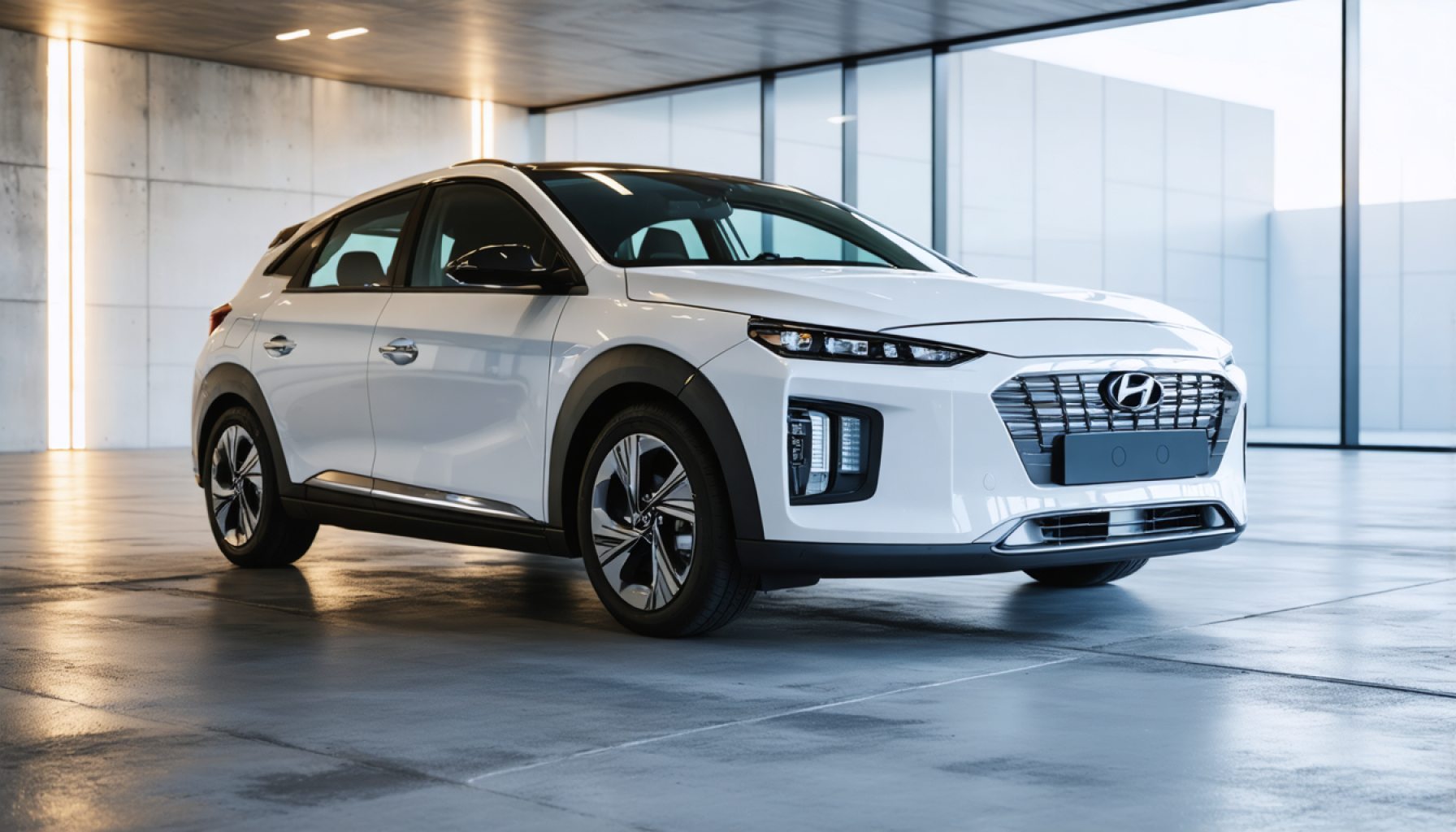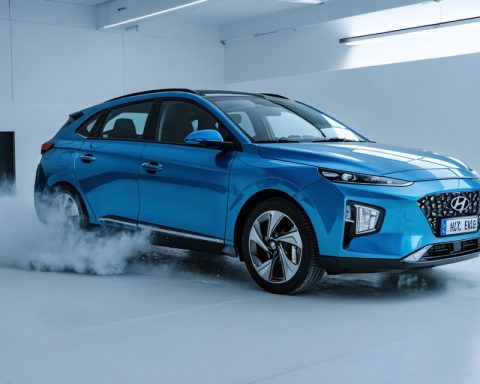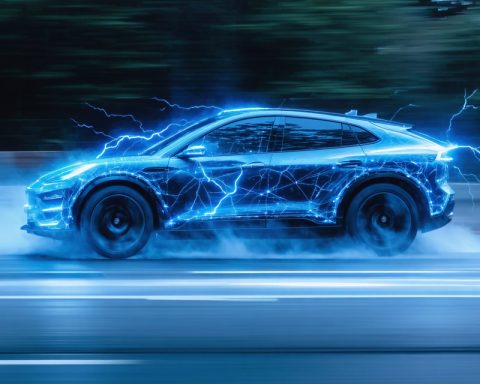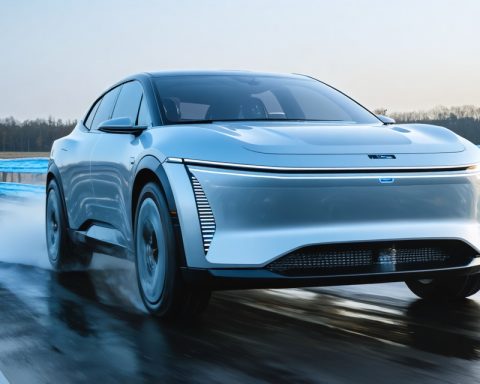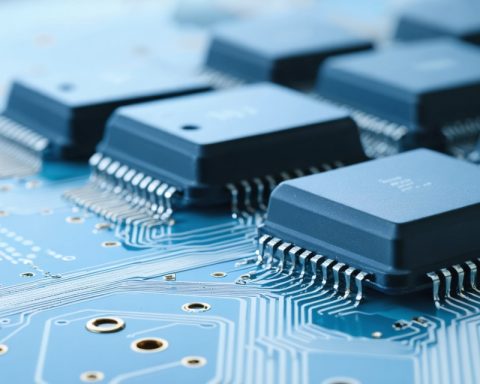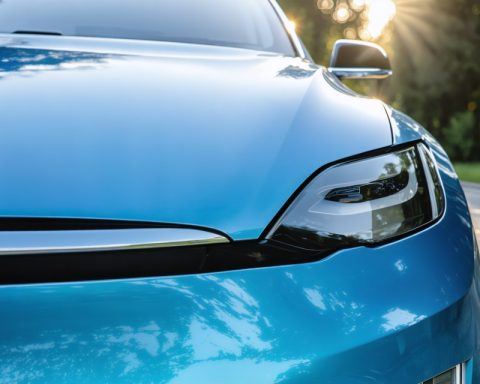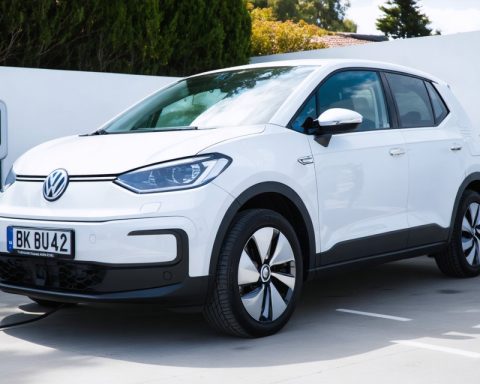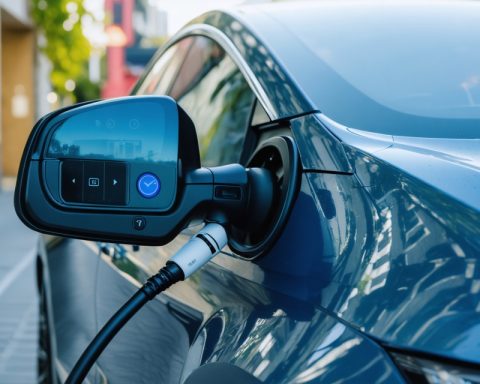- The Hyundai IONIQ 5 covered an impressive 413,990 miles, demonstrating the durability and efficiency of modern EV technology.
- The vehicle’s battery retained 87% health despite numerous DC fast-charging cycles, challenging expectations about EV battery degradation.
- Regular maintenance, such as changing differential oils and brake fluids, was essential in achieving high mileage and mechanical performance.
- Hyundai replaced the original battery at around 360,000 miles, highlighting their commitment to reliability and customer satisfaction.
- This story underscores the long-term operational viability of electric vehicles, with implications for the vehicle lifespan on American roads.
- Hyundai’s attractive incentives, including 0.99% APR financing and up to $7,500 in bonuses, enhance the IONIQ 5’s appeal for EV buyers.
- The IONIQ 5’s journey illustrates the future potential of eco-friendly travel, showcasing EVs as champions of endurance.
Beneath the iconic exterior of this white Hyundai IONIQ 5 lies a story of resilience and groundbreaking achievement in the electric vehicle (EV) landscape. This unassuming EV has crossed an astounding 413,990 miles on its odometer, a journey typically reserved for the pages of automotive history. What started as an ambitious endeavor has become a testament to the durability and sustained efficiency of modern EV technology.
The odyssey of this IONIQ 5 unfolds on roads stretching from bustling urban centers to tranquil rural routes. Throughout this relentless journey, the vehicle’s previously installed battery proudly retained 87% of its original health despite surviving countless DC fast-charging cycles. This feat alone challenges the conventional wisdom surrounding battery degradation, showcasing the prowess of Hyundai’s engineering.
That remarkable endurance is not without its pitfalls. The car’s Integrated Charging Control Unit (ICCU) succumbed to the wear of miles, leaving it confined to DC fast charging. Yet, regular maintenance, such as timely changes of differential oils and brake fluids, has underpinned the vehicle’s longevity. These procedures maintained its mechanical harmony even as it traversed nearly 10,000 miles each month, highlighting the importance of diligent care for any high-mileage marvel.
In Hyundai’s compassionate gesture, the company replaced the original battery at approximately 360,000 miles despite being well outside the standard warranty. It’s a decision that underscores the automaker’s confidence in their electric lineup’s reliability and commitment to customer satisfaction.
For potential EV adopters, stories like that of the high-mileage IONIQ 5 provide compelling evidence of electric vehicles’ operational viability over time. They reassure a world skeptical about long-term EV usability, particularly as the average lifespan of vehicles on American roads climbs towards the 13-year mark.
Hyundai’s recent promotional incentives further sweeten the appeal for aspiring EV owners. Offering 0.99% APR financing for 60 months and up to $7,500 in Retail Bonus Cash for the 2025 IONIQ 5, Hyundai makes a strong case for switching to electric, with nearly unbeatable deals on the cutting-edge vehicle.
This IONIQ 5’s journey isn’t just a tale of mechanical prowess; it’s an evolving narrative of what the future of travel might hold. Each mile logged represents more than just distance; it reveals the potential for an eco-friendly future where EVs aren’t just viable—they’re champions of endurance.
Hyundai IONIQ 5: Breaking Barriers and Defining the Future of Electric Vehicles
The Hyundai IONIQ 5’s Record-Breaking Achievement
The Hyundai IONIQ 5 has become a beacon of resilience in the electric vehicle (EV) market, offering proof that EVs can endure long distances with minimal degradation. With an astonishing 413,990 miles on its odometer, the IONIQ 5 has successfully challenged preconceived notions about the durability and efficiency of electric vehicles.
Battery Longevity and Maintenance
Despite extensive use, the IONIQ 5’s original battery retained 87% of its capacity, even after surviving multiple DC fast-charging cycles. This defiance against typical battery degradation narratives highlights Hyundai’s engineering capabilities. However, it’s crucial to note that the car’s Integrated Charging Control Unit (ICCU) eventually deteriorated, confining the vehicle to DC fast charging. Regular maintenance, including timely changes of differential oils and brake fluids, played an essential role in maintaining the car’s performance over its extensive journey.
Real-World Use Cases
– Long-Distance Commuters: The IONIQ 5 is ideal for individuals who face long daily commutes, proving that EVs can handle high-mileage scenarios efficiently.
– Fleet Operations: Businesses operating fleets can significantly benefit from the IONIQ 5’s low operational costs and long-lasting battery, translating to reduced total cost of ownership over time.
Market Trends and Forecasts
The EV market is accelerating, with forecasts predicting exponential growth as more consumers shift towards sustainable transportation. The success story of the Hyundai IONIQ 5 positions it as an attractive option for potential buyers, driving future sales and contributing to the overall growth of the EV sector.
Controversies and Limitations
While the IONIQ 5’s journey is impressive, the necessity to replace its ICCU and reliance on a battery replacement after 360,000 miles highlight challenges that can emerge in high-mileage EVs. These aspects underscore the importance of continued advancements in component durability and battery technology.
Features and Specs
– Battery Health: Maintained 87% capacity after over 400,000 miles.
– Range: Originally featuring a range of up to 303 miles on a full charge.
– Charging: Fast-charging capabilities, though later limited to DC fast charging due to ICCU issues.
Hyundai’s Promotions and Offers
Hyundai is offering compelling incentives such as 0.99% APR financing for 60 months and up to $7,500 in Retail Bonus Cash for the 2025 IONIQ 5. Such promotions make the transition to an EV more accessible for potential buyers, enhancing the vehicle’s market appeal.
Pros and Cons
Pros:
– Exemplary durability and efficiency
– Long battery life with proven capacity retention
– Attractive financing and bonus offers
Cons:
– Potential challenges with ICCU and charging limitations after high mileage
– Battery replacements required after significant mileage
Quick Tips for Prospective EV Owners
1. Regular Maintenance is Key: Routine upkeep, especially of brake fluids and differential oils, is crucial for longevity.
2. Monitor Charging Patterns: To extend battery life, minimize excessive use of fast charging unless necessary.
3. Take Advantage of Incentives: Leverage available financing and bonus offers to reduce initial purchase costs.
For more insight into Hyundai’s electric offerings, visit Hyundai and explore their commitment to sustainable innovation in the EV landscape.
